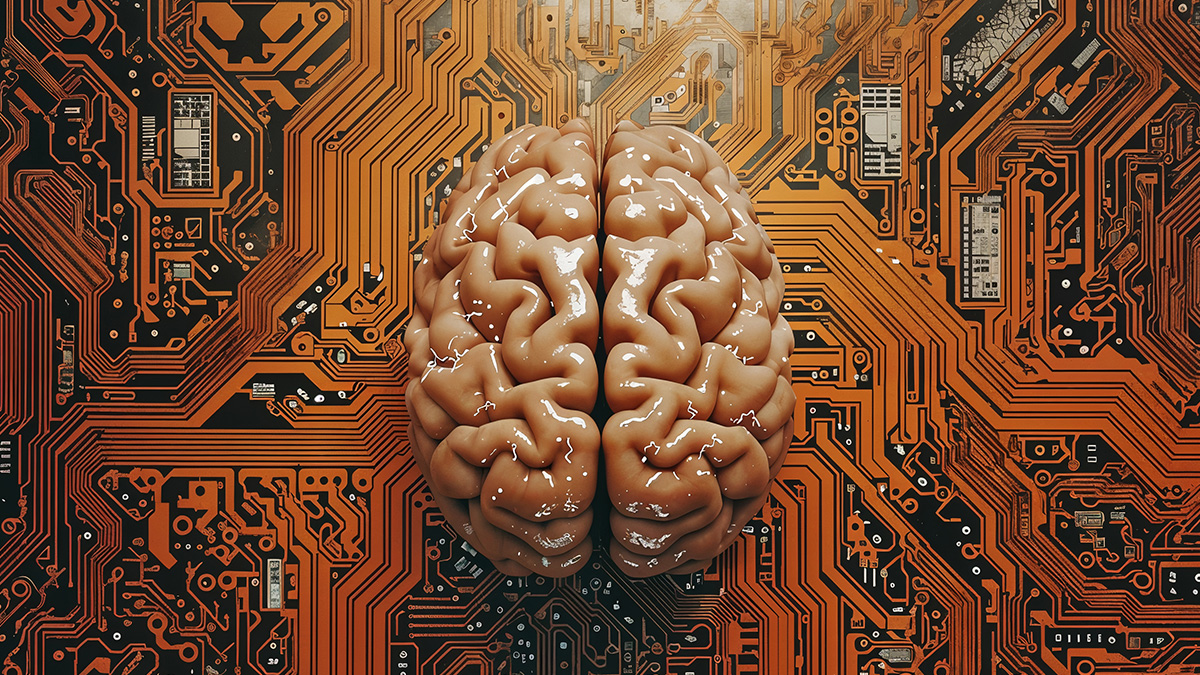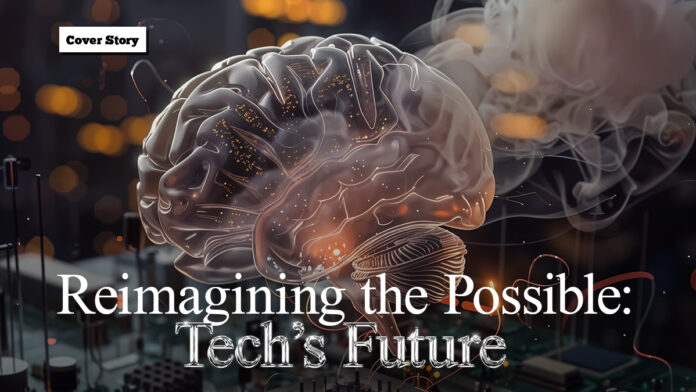Technology is rapidly transforming our world, offering unprecedented convenience and efficiency. As we become increasingly reliant on it, innovators are pushing boundaries and doing things that were once thought impossible, and that’s pretty amazing. By exploring the advancements in Artificial Intelligence (AI), Brain-Computer Interfaces, Extended Realities, and Mobility, we can envision a future shaped by innovation.
From science fiction to approaching reality
One of the most common and rapidly progressing technologies is Artificial Intelligence (AI). We are all familiar with what AI can do in our lives. But in the future sense, its capabilities will be much more advanced, evolving at an exponential rate and reshaping industries as we know them. In a TIME Magazine article, Taiwanese businessman and computer scientist Kai-Fu Lee delves into the potential of artificial intelligence to enhance various aspects of human life. He explains that as the data within the AI system continuously improves, it will eventually reach a point where AI can know and understand things better than we do.
In other words, AI can make more accurate predictions, provide deeper insights, and offer solutions that might surpass human intuition. It could even anticipate our needs, making decisions that align with our preferences and values, thus creating more potential to revolutionize how we interact with technology and making it an extension of our intelligence.
In the realm of work, Michael from Dataleon highlighted some significant possibilities for AI’s future by 2050, which is expected to generate new career paths. Leading to industries and roles focused on AI development, data science, and machine learning. Additionally, according to an article from AI Bees, governments will even create laws to ensure the benefits of AI are shared fairly.
However, to fully take advantage of the ongoing advancements of AI at work, people need to upgrade their skills because understanding how an AI-driven environment works is essential. This means educational systems will need to evolve, offering training in AI and related fields, and individuals will have to commit to lifelong learning to stay relevant in the job market because the integration of AI into various sectors is a promising future as it will revolutionize the way we live and work.
In mobility, recent technological advancements, including self-driving cars powered by AI and electric vehicles, are revolutionizing transportation. Alongside these developments is the concept of flying transportation, which is increasingly tangible. Alef, a pioneering company, is developing the first-ever flying car. This innovation is merging the convenience of automobiles with the efficiency and freedom of air travel. Plus, it has provided us with a glimpse into the future of transportation, which could reshape how we move through cities, such as alleviating traffic congestion, reducing travel times, and providing a versatile and sustainable solution for both urban and rural commuting.
Mind and virtual worlds

As AI technology advances, brain-computer interfaces (BCIs) are emerging as a significant development. In a Harvard Business Review article, Alexandre Gonfalonieri discusses how BCIs could revolutionize work by monitoring brain activity to assess performance, such as determining the human’s emotional and physical state through reading brain signals.
For instance, the muse Electroencephalogram (EEG) headband can track human brain activity and give instant feedback to improve focus, lower stress, and boost self-awareness. Such technology not only changes access to mindfulness and mental health tools but also exemplifies how wearable devices can bridge the gap between neuroscience and everyday well-being. Given this progress, it’s likely that this technology will continue to advance, leading to even more exciting developments like controlling stuff with our brains.
Speaking of wearable devices, another exciting technology with much future potential is extended reality (XR). Covering virtual reality (VR), augmented reality (AR), and mixed reality (MR), these technologies can create immersive and engaging experiences, especially in communication and entertainment. Based on the article from acowebs, extended reality has several perks, including better learning and training experiences, increased workforce efficiency, advancements in healthcare, and higher levels of engagement for both customers and employees.
These perks do more than just improve individual experiences—they also help organizations succeed. For example, being able to simulate real-world situations in a controlled environment can make training safer and more effective. Plus, the interactive nature of XR makes learning and gaming more accessible, immersive, and engaging. In other words, the metaverse is coming, and we’ll be using its capabilities for learning, entertainment, and convenience.
Reimagining the possible

What seemed like pure imagination is gradually becoming reality as advancements in technology push the boundaries of what’s possible. As these technologies continue to evolve, they have the power to change industries, boost our abilities, and improve our lives. However, there are still challenges, like the ethical issues surrounding AI and the need for better digital skills for everyone; despite these challenges, the benefits of adopting new technologies are huge. By working together with tech experts, lawmakers, and the public, we can tackle these problems and make the most of these advancements.
The future is both exciting and uncertain, but we have the power to shape it. By welcoming new ideas and developing technology responsibly, we can create a world where technology helps us grow and improve our lives.
Words by Alyssa Silva
Also published in GADGETS MAGAZINE August 2024 Issue
